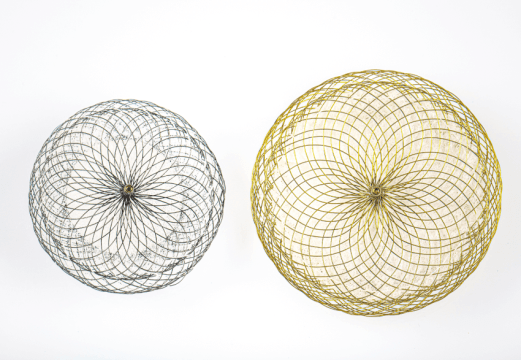Left atrial appendix closure (LAAC) has become a frequent intervention for stroke prevention in patients with atrial fibrillation (AF) that make poor candidates for anticoagulation. However, it presents a complication with negative impact on procedural outcomes which is peridevice leak.

To reduce these complications, we use intra-procedural imaging, the transesophageal echocardiogram (TEE) being the most popular among us. However, TEE presents significant challenges seeing as it requires orotracheal intubation, as well as a well-trained operator.
Seeing as LAAC candidates are often elderly and more frail, we often use intracardiac echocardiography (ICE) — often used with foramen ovale and interatrial communication closure — for transeptal puncture and electrophysiological procedures. The main advantage of ICE is it can be done by the same LAAC operator and under local anesthesia.
The aim of this multicenter prospective study was to assess the efficacy and safety of ICE to Guide LAAC Watchman FLX Implantation.
Read also: FLASH Registry: Mechanical Thrombectomy with FlowTriever.
Primary end point was leak rate (> a 5 mm) at 45 days. In addition, there was a secondary end point that included death, bleeding, device embolization, migration, thrombus, major endovascular intervention, pericardial leak and stroke or transient ischemic attack.
Finally, patients from the PINNACLE FLX (Protection Against Embolism for Nonvalvular AF Patients: Investigational Device Evaluation of the Watchman FLX LAA Closure Technology) using TEE to guide Watchman FLX implantation were compared.
100 patients were included. Mean age was 76 and they were mostly men. Mean CHA2DS2-VASc score was 4 and mean HASBLED score was 2.5. Technical and procedural success was achieved in all patients and there was no need for TEE.
As regards the primary end point, no patients presented >5 mm peridevice leak at 45 days post intervention. 0 to 5 mm leak rate was 22.7%.
Read also: Coronary Physiology after Aortic Valve Intervention.
As regards clinical outcomes, mortality was 1%, major bleeding 3.1%, there were no strokes, systemic embolization, pericardial leak, or device embolization or thrombosis. Study outcomes are comparable seeing as populations are of similar characteristics to PINNACLE FLX’s were >5 mm leak rate was also 0% and 0 -5 mm leak rate was 17.2%.
Conclusions
This is the first prospective study to use ICE to guide LAAC presenting high success rate, with few complications and effective left atrial appendage closure, with no leaks > 5 mm at 45 days. These outcomes suggest ICE is a valid alternative to guide LAAC with Watchman FLX.

Dr. Andrés Rodríguez.
Member of the editorial board of SOLACI.org.
Original Title: Intracardiac Echocardiography to Guide Watchman FLX Implantation The ICE LAA Study.
Reference: Jens Erik Nielsen-Kudsk et al J Am Coll Cardiol Intv 2023.
Subscribe to our weekly newsletter
Get the latest scientific articles on interventional cardiology





